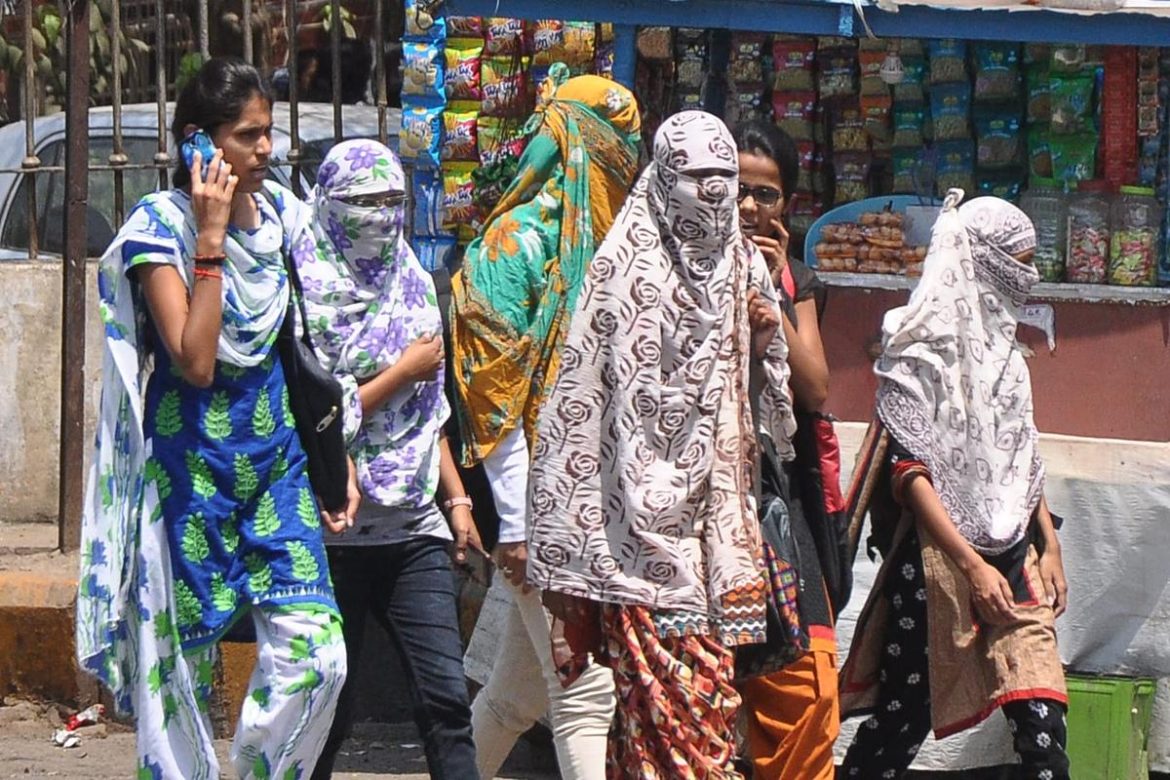India experienced its hottest October since 1901, with the average temperature reaching 26.92 degrees Celsius — 1.23 degrees above the usual average for the month, according to the India Meteorological Department (IMD). The IMD cautions that November may not bring much cooling relief either.
IMD Director General Mrityunjay Mohapatra attributed the warmer conditions to the absence of cooling western disturbances and the presence of easterly winds, influenced by active low-pressure systems over the Bay of Bengal. “In northwestern India, north-westerly winds are needed for lower temperatures. The monsoonal flow was also there, which prevents temperatures from dropping,” explained Mohapatra.
Minimum temperatures rose as well, with the October average reaching 21.85 degrees Celsius, above the typical 20.01 degrees. For the next two weeks, northwestern plains can expect temperatures to hover 2-5 degrees above average, though a gradual cooling trend is anticipated soon after.
While November is not officially considered winter, cooler weather usually starts in December, with January and February traditionally bringing the coldest days.
Heavy Rainfall Forecasted in Southern India
Meanwhile, the southern regions are set to receive heavy rainfall in November as the northeast monsoon advances, particularly in Tamil Nadu, Puducherry, Andhra Pradesh, Rayalaseema, Kerala, and Karnataka. Northwestern India, in contrast, is likely to experience below-average rainfall.
The delayed onset of cold weather could be attributed to neutral El Niño conditions over the equatorial Pacific. Forecasts suggest that La Niña may gradually emerge by December, which often brings stronger cold winds from the Hindu Kush, potentially making Indian winters colder.
While global predictions on El Niño have varied this year, the IMD remains optimistic for a shift toward cooler temperatures by December as La Niña strengthens.
👉 Click here to read the latest Gujarat news on TheLiveAhmedabad.com



